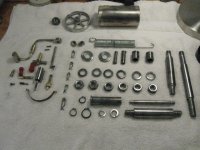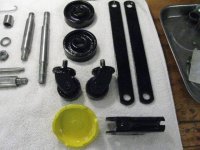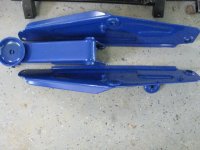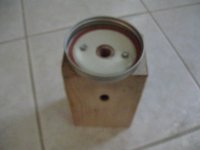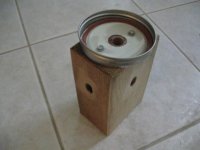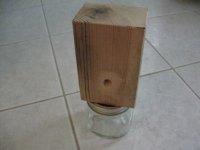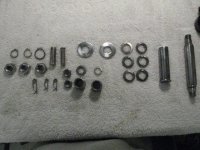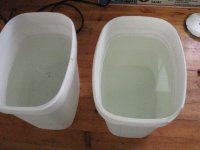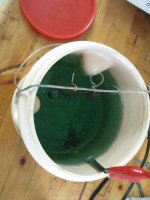gm280
Supreme Mariner
- Joined
- Jun 26, 2011
- Messages
- 14,605
I am mingling with electrical plating of metal hardware and was wondering if any other iboaters have tried it? I am gathering the materials to do nickel plating for some hardware I have laying around for a couple small refurbishing projects.
I am first going for nickel plating since I have basically everything needed already. But there are zinc, copper (which I have done before) and most any type electro plating you can imagine. I would love to be able to chrome plate, but that really involves an iffy setup with some really serious hazard chemicals.
I'll take some before and after pictures of the nickel efforts. Not sure anyone really wants to know or even how to do it. But I will post my first attempts anyways...
Nickel plating doesn't involve anything toxic to get going. I mean I wouldn't want to drink the solution, but it isn't harmful to handle it either. So we will see.
The small projects are a typical floor 2 ton trolley jack hardware that I totally disassembled because it wasn't working anymore. I already powder coated all the large parts. And the other refurbishing project is a corroded working model steam engine that was in the same cabinet with Ferric Chloride (I use that chemical to make PC circuit boards) and the fumes/vapors attacked the metal of the steam engine. So time to refurbish it too.
Let me know if you ever done any electro plating. I am curious...
I am first going for nickel plating since I have basically everything needed already. But there are zinc, copper (which I have done before) and most any type electro plating you can imagine. I would love to be able to chrome plate, but that really involves an iffy setup with some really serious hazard chemicals.
I'll take some before and after pictures of the nickel efforts. Not sure anyone really wants to know or even how to do it. But I will post my first attempts anyways...
Nickel plating doesn't involve anything toxic to get going. I mean I wouldn't want to drink the solution, but it isn't harmful to handle it either. So we will see.
The small projects are a typical floor 2 ton trolley jack hardware that I totally disassembled because it wasn't working anymore. I already powder coated all the large parts. And the other refurbishing project is a corroded working model steam engine that was in the same cabinet with Ferric Chloride (I use that chemical to make PC circuit boards) and the fumes/vapors attacked the metal of the steam engine. So time to refurbish it too.
Let me know if you ever done any electro plating. I am curious...




















